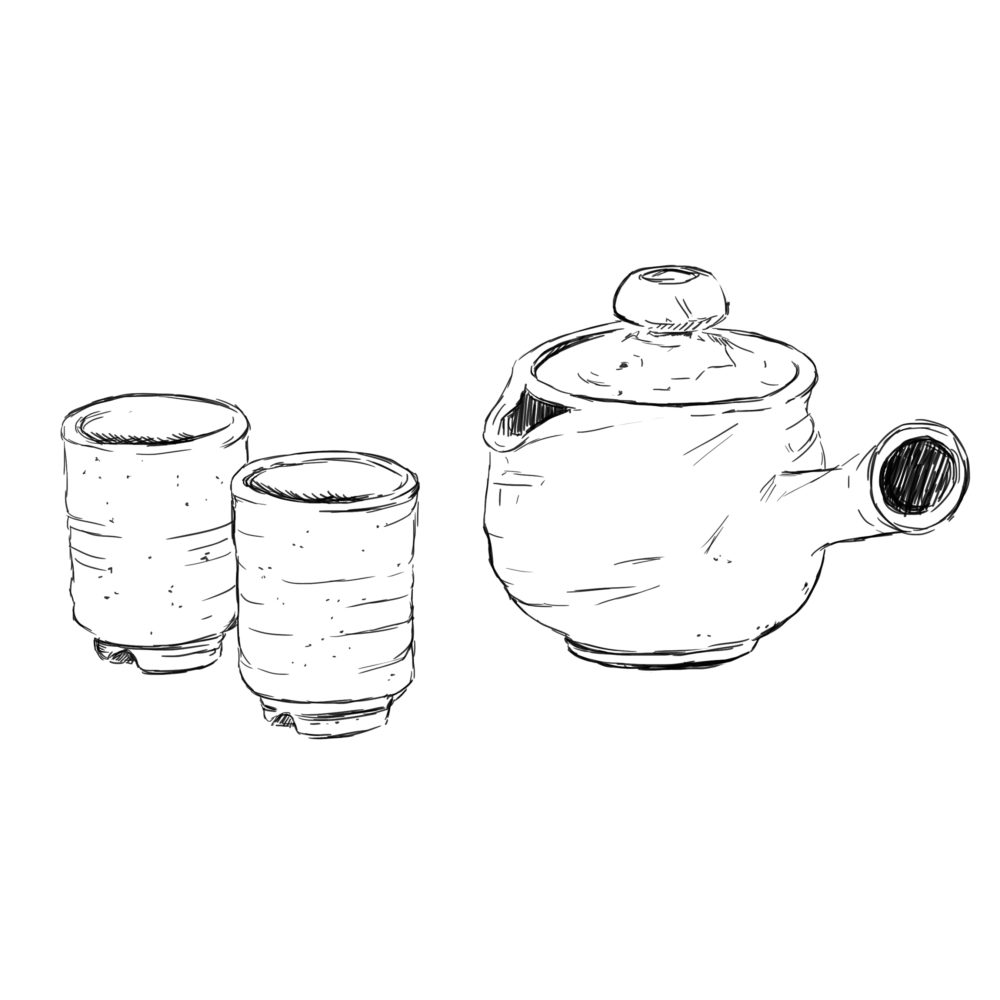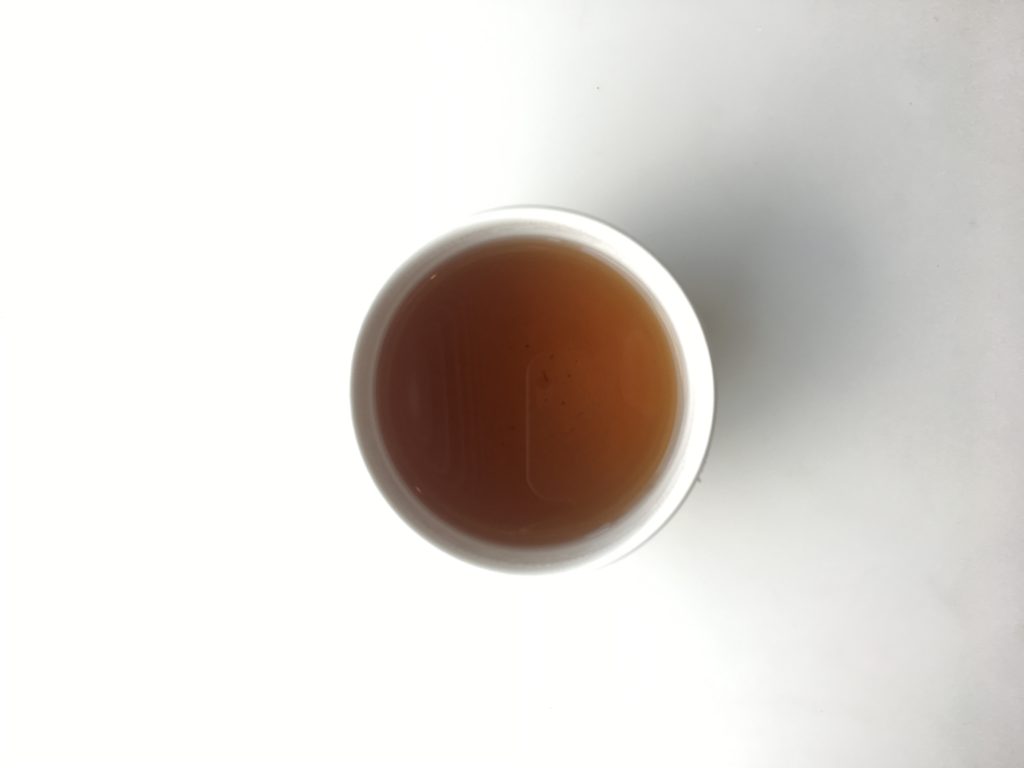
What is hojicha?

Hojicha is quite simply roasted green tea. While it is a type of green tea, it is light brown or tan in color, and tastes very different from green tea like matcha or sencha.
While I love coffee, it’s not so great for me to have a lot of it in my diet. I have a weak stomach, and I find the caffeine in coffee to be very inflammatory. In addition, the caffeine in coffee can become addicting after a while. Especially during busy times, such as right before a project deadline or exam season, I find myself constantly drinking coffee. A morning without it causes me to have terrible headaches in the hours following, and I become very foggy-headed.
I personally hated this sort of dependence on coffee, but didn’t know what else to drink instead. While I like tea, I found herbal and fruit teas to not quite emulate the taste and feeling of coffee enough to replace it. Black teas and normal green teas were a closer replacement, as I find them more flavorful and more aromatic, but the caffeine content in these teas were still high enough to give me that withdrawal feeling I wanted to avoid. But then I was reminded of hojicha (ほうじ茶) and began to drink it in the morning instead of coffee.

High-quality green tea leaves are grown in direct sunlight, and then steamed after harvest. The tea leaves are dried out and rolled into a needle-like shape which helps to bring out the flavor. In hojicha, the green tea leaves are roasted after being steamed– this gives the tea leaves a much earthier and sweeter aroma, and also makes it virtually caffeine-free.
Health benefits of green tea
Consumed for generations, green tea is a powerhouse drink. You may have heard it before, but green tea’s antioxidants, polyphenols, and nutrients help to improve brain function, metabolic health, and reduce the risk of cancer and disease. I would never claim it’s a cure-all substitute for proper nutrition, but regular consumption of this drink can measurably aid one’s health.
How to Prepare Hojicha
To consume hojicha, I like to use loose leaf tea. While there are several high-quality brands, I’ve recently been drinking Aikoku Seicha’s Hojicha, a long-standing brand (established 1933) that is known for its commitment to quality.

I have a Japanese tea pot, or kyusu, which looks like this:

It has a little net, where you put in a few spoonfuls of the tea leaves.
Using a hot water heater, I boil some water and pour it over the leaves. Unlike most teas, you are not supposed to steep the tea leaves (unless you like a really bitter flavor). As soon as you pour hot water over the leaves, take the kyusu and pour the tea into a cup.
It should be light brown in color and have a sweet, earthy aroma.

I still enjoy coffee occasionally, but hojicha has helped me ease my dependence of coffee mornings. While green tea isn’t for everyone, hojicha has a strong roasted flavor which makes it taste very different from traditional green tea. If you are looking for an alternative to reduce your coffee caffeine intake, with the added benefit of improving metabolism and providing antioxidants, hojicha may be a good solution for you!

If you have any questions, comments, concerns, advice, or thoughts– email me at kokumura@kakikata.space! I respond to every email I get!
Kind regards,
Kaki